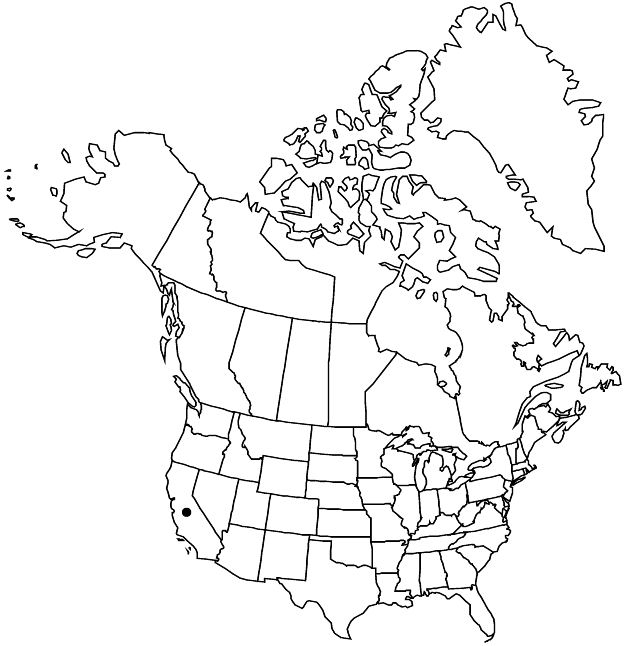Drymocallis hansenii
Monogr. N. Amer. Potentilleae, 200. 1898.
Caudex branches short to elongate. Stems usually solitary, sometimes loosely tufted, (3–)4–9 dm; base (1–)2–4 mm diam., moderately to densely septate-glandular. Leaves sparsely to moderately hairy; basal (7–)10–25(–30) cm, leaflet pairs 3–4; terminal leaflet broadly obovate, 2–5(–6) × 1.5–3.5(–4) cm, teeth single or double, 6–11 per side, apex usually rounded, sometimes obtuse; cauline 1–3, proximally well developed, leaflet pairs 2–4. Inflorescences 10–20(–40)-flowered, not leafy, open, 1/4–2/3 of stem, narrow, branch angles 10–30°. Pedicels 2–8 (proximal to 20) mm, predominantly short-hairy, sparsely to moderately septate-glandular. Flowers opening widely; epicalyx bractlets linear to narrowly elliptic, 2–4 × 0.5–1 mm; sepals spreading, 5–8 mm, apex acute to acuminate; petals overlapping or not, spreading, cream-white to pale yellow, broadly obovate, 4–6 × 3–6 mm, usually longer than, sometimes equal to, sepals; filaments 1.5–2.5(–3) mm, anthers 0.8–1 mm; styles thickened, 0.8–1.2 mm. Achenes light brown, 0.7–1 mm. 2n = 14.
Phenology: Flowering Jun–Sep.
Habitat: Moist ground, meadows, open forests, streamsides
Elevation: 1200–1900(–2200) m
Discussion
D. D. Keck (in J. Clausen et al. 1940) speculated that Drymocallis hansenii was the stabilized recombinant of D. glandulosa var. reflexa and D. lactea. Alternatively, it may represent the California counterpart of D. convallaria, because it tends to have tall, thick-based, single stems and narrow inflorescences. The species is centered in the west-central Sierra Nevada of California, usually occurring in moist meadows and equivalent habitats. Plants near Lake Tahoe, which provide the high-elevation extreme, combine the smaller stature of D. lactea and the glandular-septate stem bases of D. hansenii; their optimal taxonomic disposition is uncertain.
Selected References
None.
